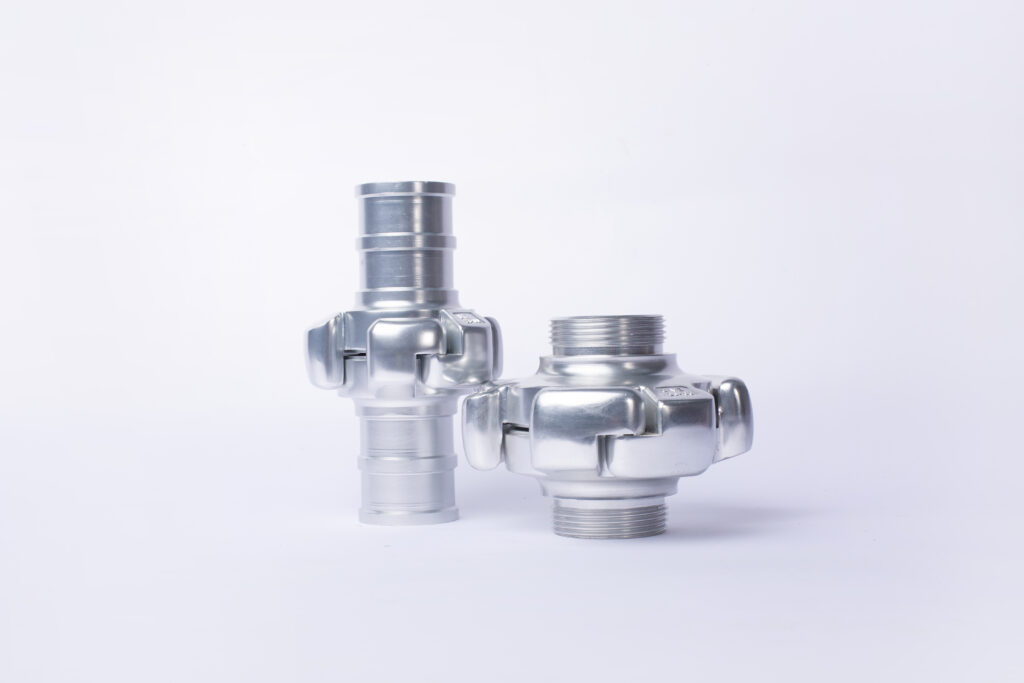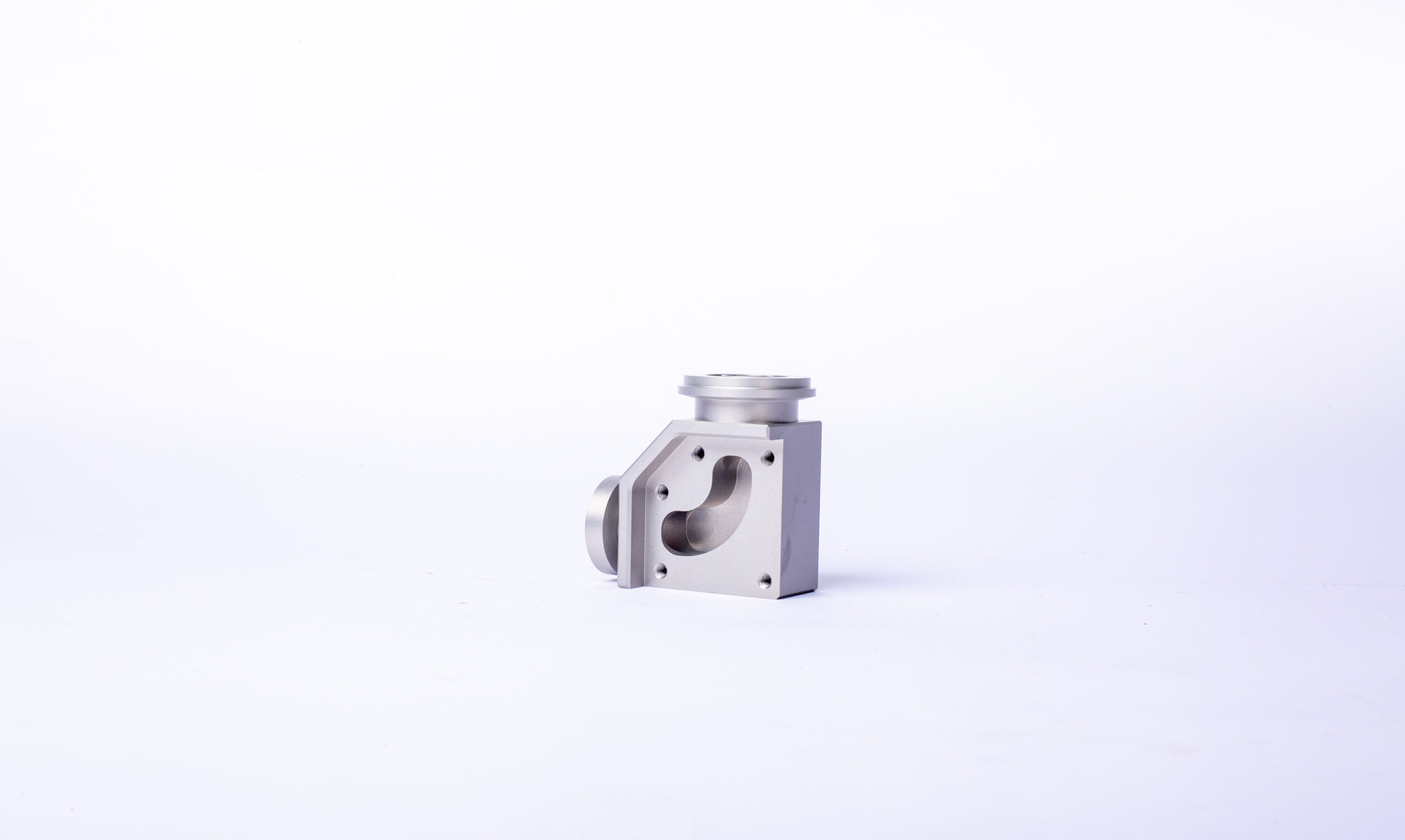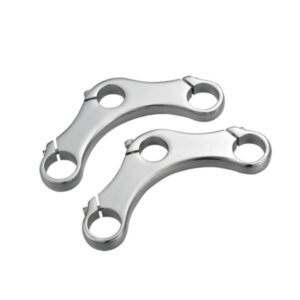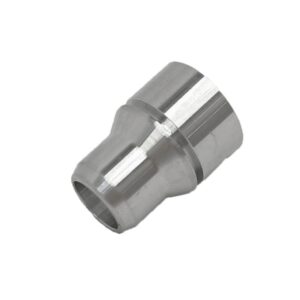In the modern era of manufacturing, precision is paramount. Whether for automotive, aerospace, electronics, or consumer goods, companies like MINGYU Tech are always seeking ways to push the boundaries of quality and efficiency. Two popular processes in the realm of precision aluminum fabrication are CNC machining and aluminum extrusion. Though both processes offer distinct advantages, the choice between them depends on a variety of factors such as design complexity, cost, and the specific requirements of the application. In this article, we’ll explore both methods in detail, uncovering their strengths, weaknesses, and the best practices for leveraging them in your manufacturing operations.
What is CNC Aluminum Machining?
CNC (Computer Numerical Control) machining is a subtractive manufacturing process that involves using a computer-controlled machine to remove material from a solid block of aluminum, creating intricate shapes and precise features. The process is widely appreciated for its versatility and ability to produce parts with tight tolerances.
Key Features of CNC Aluminum Machining:
- High Precision: CNC machines can achieve extremely tight tolerances, often within thousandths of an inch, making them ideal for producing complex, detailed components.
- Flexibility: CNC machining works for both simple and highly complex shapes, including complex curves, holes, and threads. The only limitation is the design.
- Low to Medium Production Runs: CNC machining is perfect for prototypes, short runs, or parts with intricate details that require one-off or small batch production.
- Surface Finish: The surface finish from CNC machining is often smoother than that from extrusion, allowing for a high-quality finish.

What is Aluminum Extrusion?
Aluminum extrusion is a process where a heated billet of aluminum is forced through a die to form parts with a consistent cross-sectional profile. This process is known for producing high-volume parts at relatively low costs. The versatility in profiles means it can create a wide variety of shapes, including complex structural parts.
Key Features of Aluminum Extrusion:
- High Efficiency for Large Volumes: Extrusion is ideal for mass production. Once the die is made, the cost per unit is very low, making it highly cost-effective for large quantities.
- Design Flexibility: The process can create intricate shapes with consistent cross-sections, which is a significant advantage for projects that require consistent profiles.
- Material Conservation: Aluminum extrusion is efficient in terms of material usage, with minimal waste generated during the process.
- Post-Processing Flexibility: Post-extrusion processes, such as anodizing, powder coating, or welding, can be used to enhance the final product’s appearance and properties.
CNC Aluminum vs Aluminum Extrusion: When to Use Each Method
1. Complexity of Design
- CNC Machining: If the design requires detailed features such as precision holes, threads, grooves, or other intricate geometries, CNC machining is the way to go. The ability to machine complex, non-standard shapes is one of CNC’s key strengths.
- Aluminum Extrusion: Best for designs that need consistent cross-sections and are mostly linear or repetitive. If the part involves long, straight sections like beams, frames, or channels, extrusion can be a more economical and efficient solution.
2. Tolerance Requirements
- CNC Machining: CNC can achieve extremely tight tolerances with high precision. For applications requiring parts that fit together perfectly, CNC machining is often preferred.
- Aluminum Extrusion: While extrusion can offer good tolerances, it’s typically not as precise as CNC machining. However, with post-extrusion machining processes like CNC finishing, tighter tolerances can be achieved.
3. Production Volume
- CNC Machining: For small to medium production runs or custom one-off components, CNC machining is the best option. Its flexibility and precision make it ideal for prototypes and low-volume production.
- Aluminum Extrusion: If you’re planning for large-scale production, aluminum extrusion is far more cost-effective. The setup cost for creating the extrusion die can be high, but the per-unit cost is low for high-volume runs.
4. Lead Time
- CNC Machining: Lead times for CNC machining can be shorter, particularly if the design is already finalized. The only limitation is the complexity of the part, but the overall time required for tooling and setup is usually quick.
- Aluminum Extrusion: Extrusion processes can require more time for die fabrication, especially for complex profiles. However, once the die is created, the production itself is fast and efficient.

Best Practices for CNC Aluminum Machining
To maximize the benefits of CNC machining, MINGYU Tech adheres to several best practices:
- Optimize Tool Paths: Efficient toolpath strategies help minimize machining time while maintaining high precision. Considerations for minimizing tool wear and maximizing cutting speeds are key.
- Use High-Quality Material: The material quality directly impacts the outcome. Ensure that the aluminum used is of high purity to reduce the chances of defects during machining.
- Post-Machining Finishing: Often, CNC-machined parts will require finishing treatments like anodizing or coating to enhance durability and appearance.
- Workholding Precision: Stable and accurate workholding ensures that the part remains in the correct orientation, ensuring tight tolerances throughout the machining process.
- Regular Tool Maintenance: Dull tools can lead to poor surface finishes and inaccuracies. Routine checks and tool replacements are essential for high-quality outcomes.
Best Practices for Aluminum Extrusion
When opting for aluminum extrusion, MINGYU Tech follows a series of best practices to ensure quality and efficiency:
- Design for Extrusion: Design components with the extrusion process in mind. Avoid overly intricate features that could make the extrusion die more expensive or difficult to manufacture.
- Optimize Die Design: The extrusion die design is crucial for quality. It must account for factors like cooling rates, material flow, and ease of part release.
- Quality Control: Extruded parts should undergo thorough inspection to check for defects such as warping, surface blemishes, or internal stresses. Consistency is key in extrusion.
- Post-Extrusion Processing: Consider processes such as aging, anodizing, or powder coating after extrusion to enhance material properties and appearance.
- Minimize Wastage: The initial billet of aluminum can be expensive, so ensure that designs are optimized to reduce material waste during the extrusion process.




